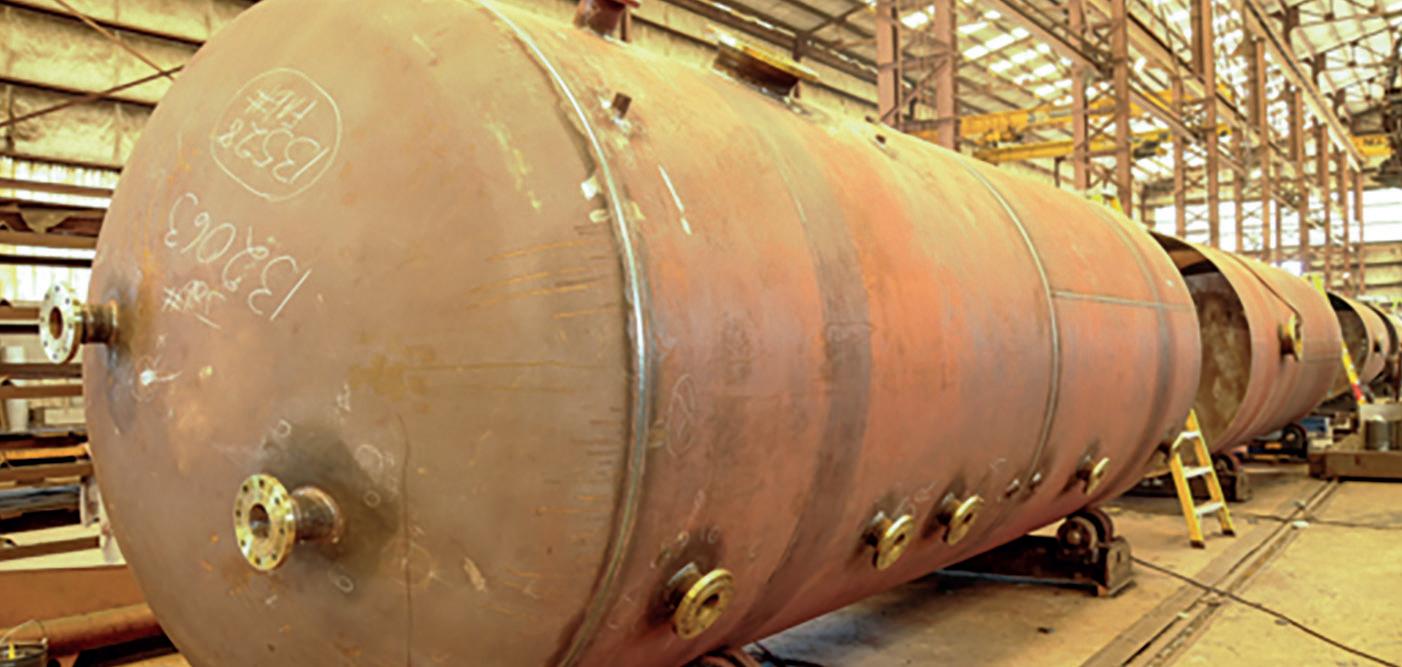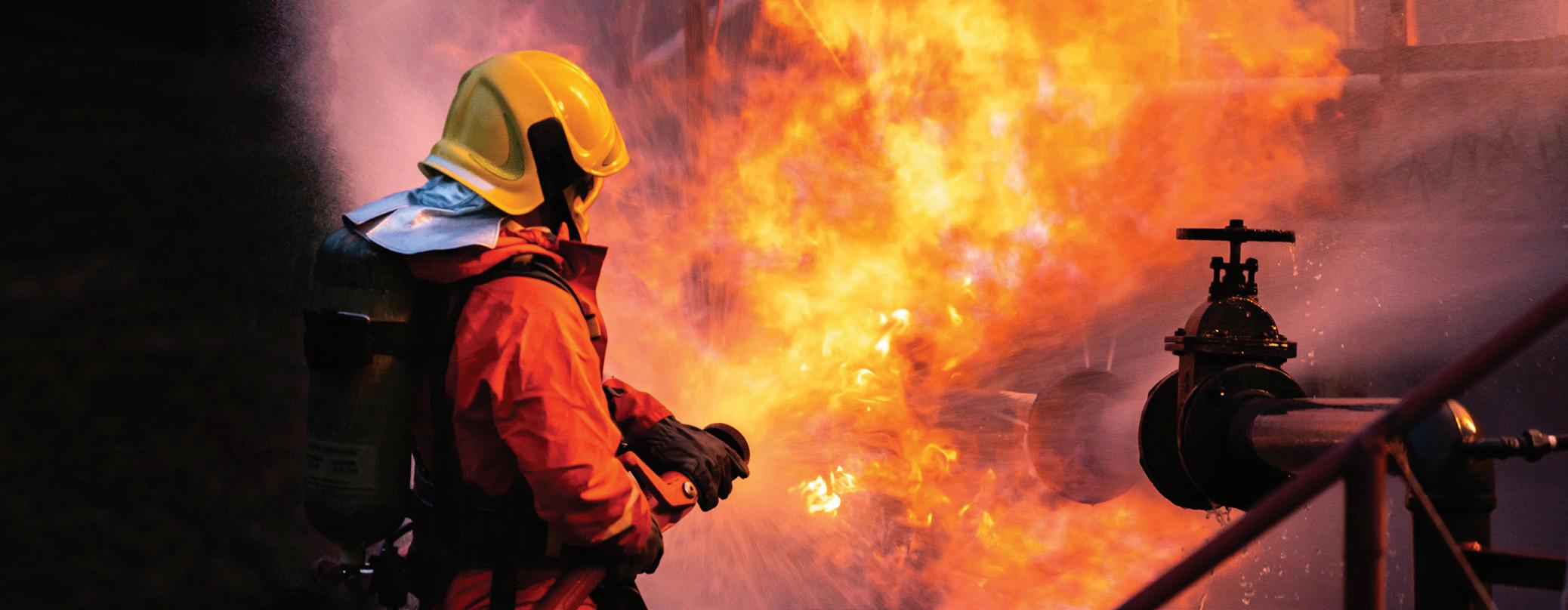
3 minute read
Comment
SHARING INNOVATIONS ACROSS THE AMERICAS
AS THE INDUSTRY reflects on innovations and advances in technology, the devastating fire in Cuba earlier this year proves that industry still has work yet to do. Caused by a lightning strike, the fire raged for a week and destroyed four of the eight storage tanks at the Matazanas facility, located near Cuba’s capital of Havana. The first tank was thought to be full, but the other three supposedly emptied, reducing fuel loss. The intense heat and multiple explosions from the fire resulted in the loss of 16 lives and over 130 injuries. Cuba called on physical support from Mexico and Venezuela, but the U.S. were also on hand to offer technical advice to combat the flames. When incidents like this occur, it’s tempting to stay focused on the loss of fuel – and Cuba’s ability to store crude has now been severely impacted. However, it’s commendable that the government is still looking towards the environmental impact of the fire – and how to mitigate this. In the aftermath, experts from Cuba and the U.S. Environmental Protection Agency (EPA) met online last month to talk about exploring possible ways of cooperation to rehabilitate the worstaffected areas. This kind of collaboration and sharing of innovations will become ever more important as industry tries to reduce its impact on the planet and reach net zero. In particular, Cuba’s delegation was interested in the most innovative techniques and procedures used by the EPA as well as oil companies to clean up such disasters. It remains to be seen just how much damage has been caused to the environment, whether that’s spillages into the sea or fumes in the atmosphere. But it’s good to see the Cuban government take a proactive approach to mitigating the environmental risks by asking the U.S. for advice. Careful attention will need to be paid as to whether the incident has further ramifications on the environment and community. We look forward to seeing how Cuba applies the innovations shared by the U.S. towards rehabilitating the site and wider environment. In this packed edition focused on North America, we’ve got an exclusive interview with Vopak Moda Houston (page 13) on their one-of-a-kind, waterborne ammonia terminal in the Port of Houston with deepwater capabilities. Plus, Transtech Energy share how they achieved the specialist bullet tanks for the facility on page 16. Over on page 22, ILTA takes a look into proposed regulatory updates and how these could impact terminal operators. Plus, we look into the key factors impacting the current North America oil situation (page 24). Best wishes,
Advertisement
Anamika

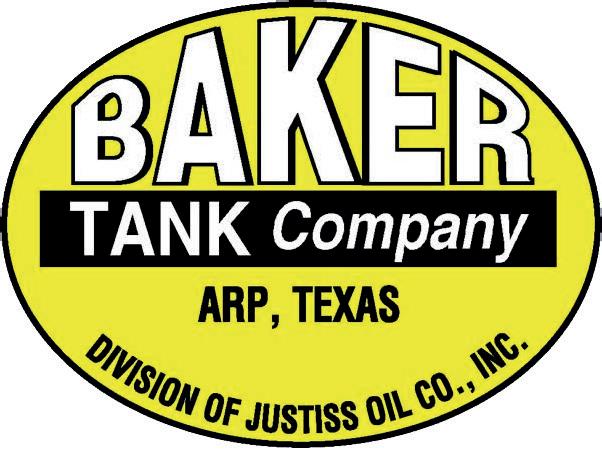
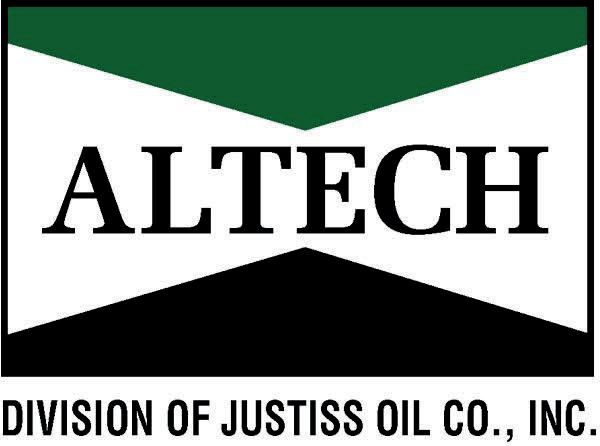
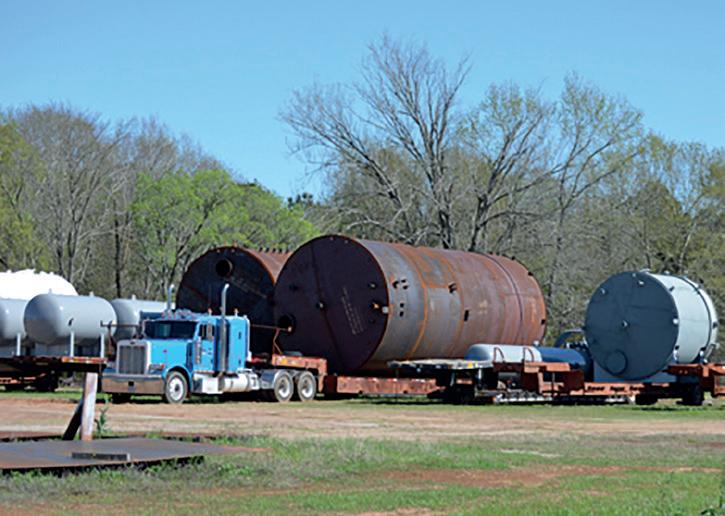
PROVIDING THE PETROLEUM AND CHEMICAL INDUSTRY WITH INNOVATIVE SOLUTIONS FOR ALL NEEDS
FIELD ERECTED STORAGE TANKS
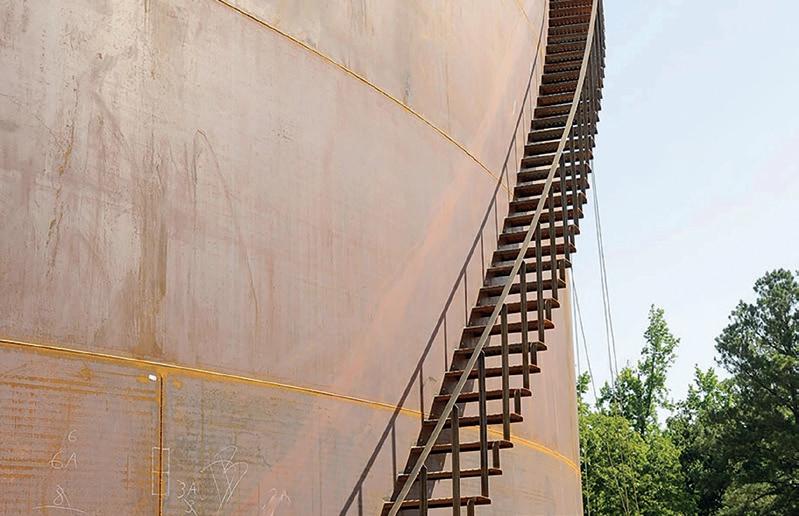
Baker Tank Co./Altech is the single source for fi eld erected tanks - no matter how large or how complex the requirements are. Their services include: • comprehensive estimates • complete design • shop fabrication • delivery to the site • fi eld erection services With experienced supervisors, Baker Tank Co./Altech utilizes the most advanced technology and equipment in construction. Various design options are available.
ALUMINUM INTERNAL FLOATING ROOFS
Altech Aluminum Internal Floating Roofs are custom designed, within the requirements of API 650 Appendix H. The IFRs use the latest technology and are often designed to an end user’s specifi c criteria that exceed the standard design.
CUSTOM BUILT SHOP TANKS
Baker Tank Co./Altech meets or exceeds all API specifi cations. Their designs encompass stringent attention to detail and adhere to the highest quality control standards. Their range of tanks includes square stainless steel compartment tanks for off shore use.
ASME CODE VESSEL FABRICATION
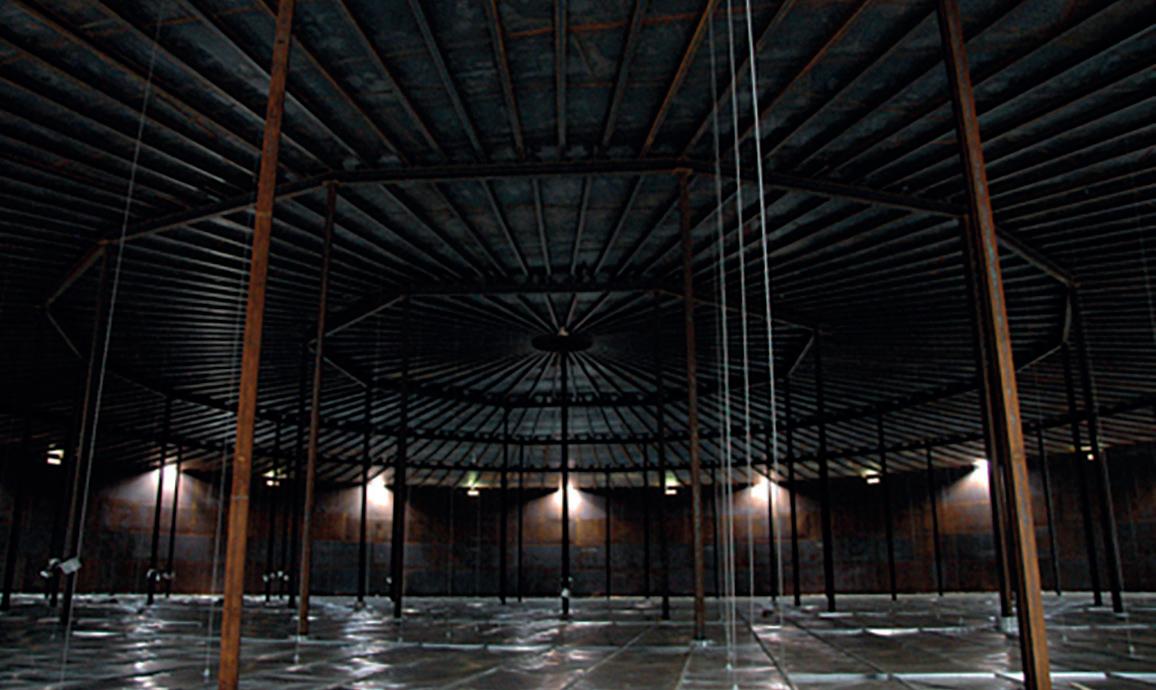
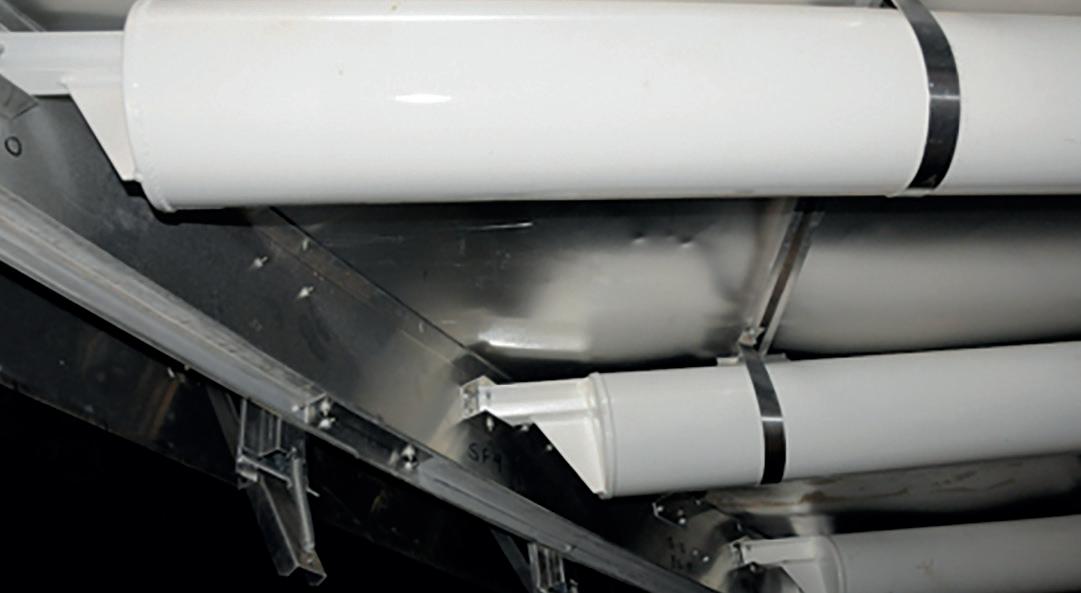
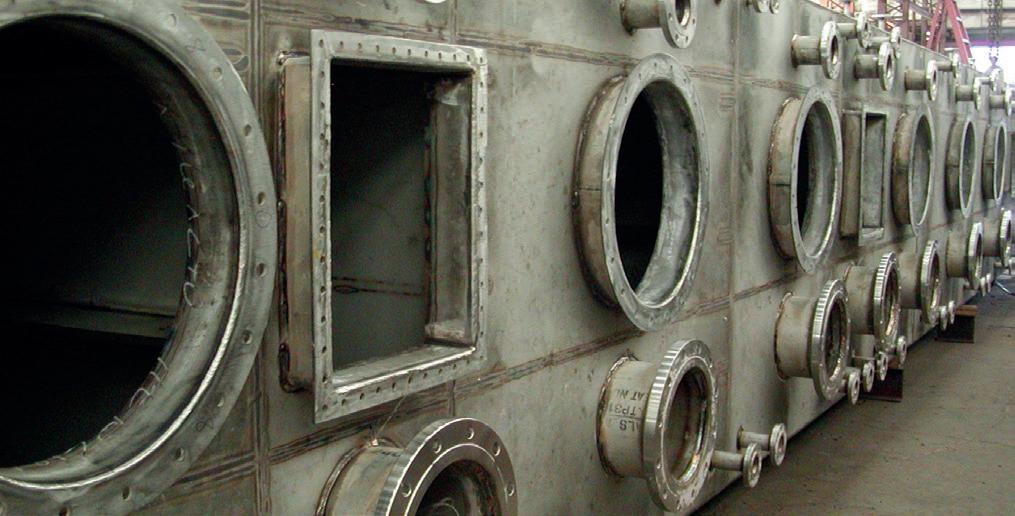
Since the fabrication of the fi rst vessels, Baker Tank Company has maintained its ASME certifi cation. The tanks are custom built to suit diff erent companies’ applications, whether it be for oil & gas, petrochemical, industrial or utilities.
